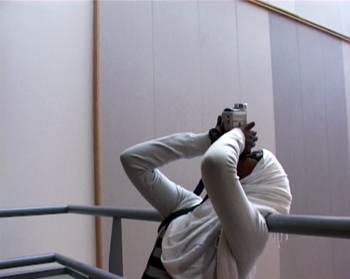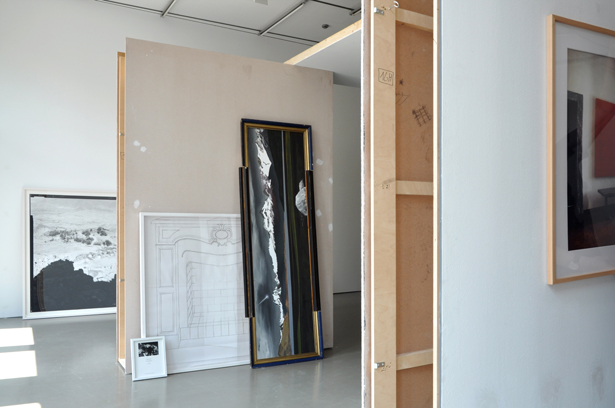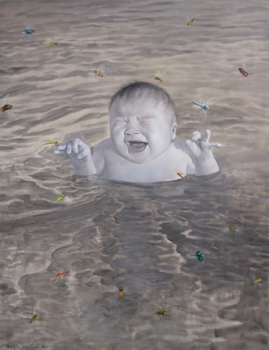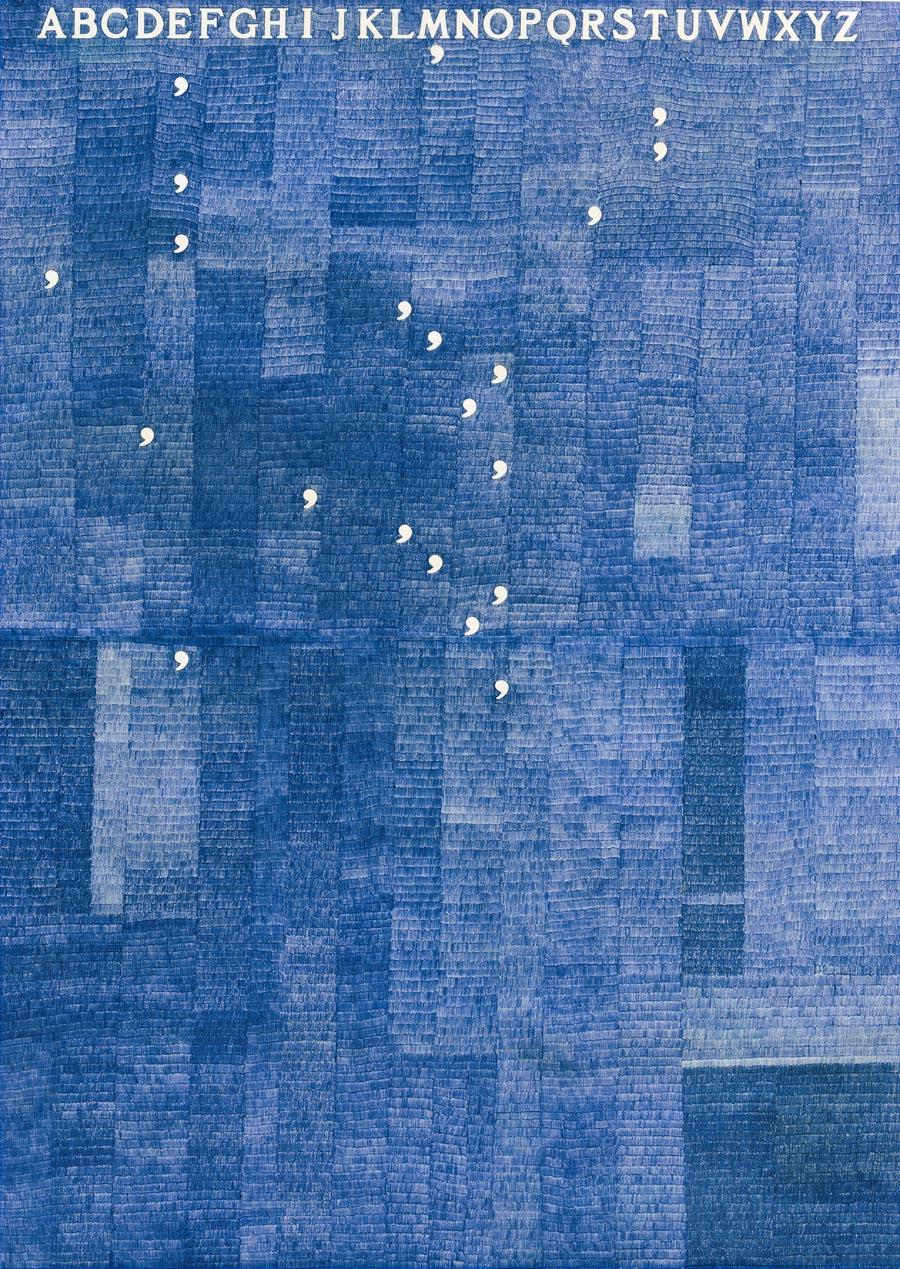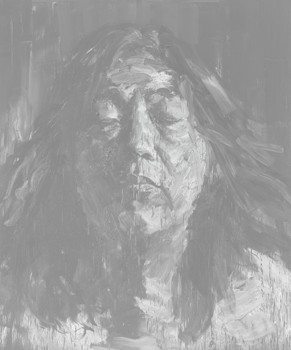A Local Think Tank with a Global Perspective: BMW Guggenheim Lab Opens in Berlin

BMW Guggenheim Lab Berlin. Design architect: Atelier Bow-Wow. Exterior view. Photo: Christian Richters © 2012 Solomon R. Guggenheim Foundation.
The BMW Guggenheim Lab opened in Berlin, the second stop on the project’s six-year global tour. Offering free programs from June 15 to July 29, 2012, the BMW Guggenheim Lab Berlin is a temporary public space and online forum encouraging open dialogue about issues related to urban life.
A local think tank with a global perspective, the BMW Guggenheim Lab Berlin focuses on practical making and doing, with programs designed to empower residents with tools and ideas to actively engage in city change. The Lab is located in Prenzlauer Berg at Schönhauser Allee 176 in the Pfefferberg complex, a converted nineteenth-century brewery. The Lab is open Wednesday through Friday, 2–10 pm, and Saturday and Sunday, 12–10 pm. All programs are free of charge and will be offered in German or in English with German translation.
“We are delighted to open the BMW Guggenheim Lab Berlin and begin a vibrant period of public discussion and debate about how citizens can shape the cities in which they live,” said Richard Armstrong, Director of the Solomon R. Guggenheim Museum and Foundation. “We look forward to welcoming residents from throughout Berlin as well as visitors from around the world to join us in this groundbreaking urban experiment.”
“Together with the city of Berlin and the Guggenheim Museum, we look forward to following the vibrant discussions to come at the BMW Guggenheim Lab Berlin,” said Frank-Peter Arndt, Member of the Board of Management, BMW AG. “During more than 40 years of worldwide cultural engagement, we have always believed in the value of public dialogue and the support of innovative and unconventional ideas. The Guggenheim is the perfect collaborator to provide and ensure an open forum for this critical, multi-disciplinary exploration of urban life.”
The BMW Guggenheim Lab Berlin is presented in cooperation with ANCB The Metropolitan Laboratory.
BMW Guggenheim Lab Berlin Programming
Under the umbrella of Confronting Comfort, the theme of the Lab’s first two-year cycle, programming for the Berlin Lab focuses on the importance of “doing and making” to bring about city change. The Lab explores issues of contemporary urban life, from infrastructure to technology to sustainability, through programs that encourage visitors to participate and share questions, answers, thoughts, and dialogue.
“The goal of the BMW Guggenheim Lab is to spark a conversation about the future of cities and to create a forum where people of all backgrounds can create and share ideas,” said Maria Nicanor, Curator, BMW Guggenheim Lab. “Berlin is the ideal city to develop the Lab’s philosophy further, precisely because of its deeply rooted system of citizen participation.”
Programs have been developed by the Berlin Lab Team (José Gómez-Márquez, Carlo Ratti, Corinne Rose, and Rachel Smith), an international, multidisciplinary group of innovators and experts led by Guggenheim curator Maria Nicanor, with contributions from local organizations. The schedule, which can be found on the BMW Guggenheim Lab website, will include more than one hundred events at the Pfefferberg site and throughout the city.
Programs concentrate on four main topics:
Empowerment Technologies (June 15–24)
José Gómez-Márquez, The Little Devices Group at the Massachusetts Institute of Technology, Boston, and a pioneer in the field of health technology innovations, will lead a series of “do-it-yourself” workshops focused on building one’s own city by “hacking” and transforming urban spaces.
Dynamic Connections (June 27–July 6)
Rachel Smith, principal transport planner with AECOM, based in Brisbane, Australia, will lead programs focused on sustainable mobility and community-building.
Urban Micro-Lens (July 7–18)
Berlin-based artist and psychologist Corinne Rose, who works with photography and video and teaches at the Bern University of the Arts, Switzerland, will explore the intersection between psychology, architecture, and art with programs that address perception, communication, and emotions in city life.
SENSEable City (July 19–29)
Architect and engineer Carlo Ratti, who practices in Italy and directs the SENSEable City Lab at the Massachusetts Institute of Technology, Boston, will lead programs examining how new technologies are transforming the way we understand, design, and live in cities.
“The city of Berlin is proud to join the BMW Guggenheim Lab in advancing its goal of engaging the public to identify new ideas and strategies for the challenges cities face today,” said Klaus Wowereit, Mayor of Berlin. “The Lab is a pioneering initiative that encourages open dialogue and different points of view, and that’s what Berlin—one of the most creative and innovative cities in the world —is all about.”
“We welcome the BMW Guggenheim Lab Berlin to Prenzlauer Berg and are thrilled that the Lab’s free programming will address issues of particular relevance to the neighborhood and the city,” said Matthias Köhne, Mayor of Pankow. “The communities of Pankow and Prenzlauer Berg and citizens throughout Berlin will make an important contribution to the Lab and provide a special perspective to this global project.”
In addition to programs based at the Pfefferberg site, the Berlin Lab offers a variety of citywide explorations, such as guided tours, field trips, and walking workshops. Details can be found on the BMW Guggenheim Lab website.
Activities at the BMW Guggenheim Lab Berlin will be documented on the project’s blog, Lab | Log, which also will feature interviews with BMW Guggenheim Lab contributors. The public is invited to join the BMW Guggenheim Lab’s dedicated social communities on Twitter (@BMWGuggLab and #BGLab), Facebook, YouTube, Flickr, and Foursquare).
Source: Guggenheim
thanks to: http://www.artandcointv.com/blog/2012/06/a-local-think-tank-with-a-global-perspective-bmw-guggenheim-lab-opens-in-berlin/

